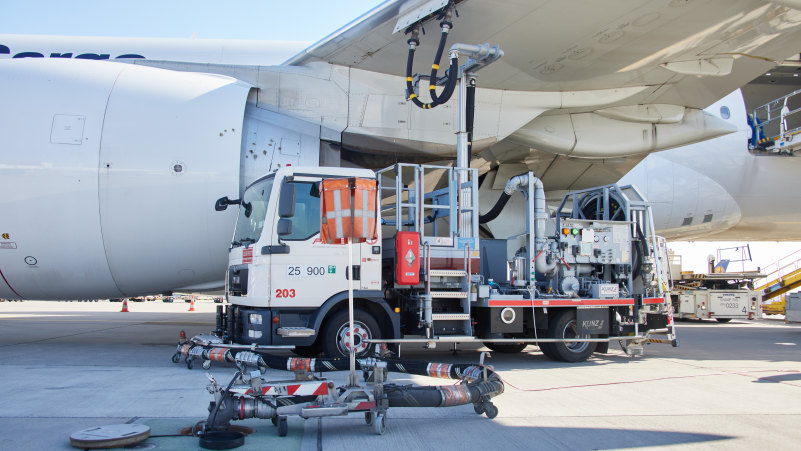The IRU surveyed about a thousand transport companies across Europe and found that over half of these companies are unable to grow their operations due to a lack of commercial vehicle drivers. The impact extends beyond company growth, as half of the respondents indicated that the shortage reduces productivity, and 39% reported a reduction in revenue.
The primary response from transport companies has been to retain their current drivers while simultaneously attracting drivers from other companies. Already, 70% of the operators surveyed are increasing performance bonuses and wages (with more than half implementing this measure). According to the IRU survey, the average salary of a European driver is 55% above the national minimum wage, a figure that reaches 133% in the Netherlands.
Other measures to support drivers include investing in better vehicles (44%), covering costs for professional entry (35%), and offering opportunities for skill improvement (25%). There are also efforts to involve more women in the profession, which remains predominantly male.
Only four percent of commercial vehicle drivers in Europe are women. Countries with the highest percentages are Germany (7.2%), Romania (6.1%), and France (4.5%). Key concerns for women include the availability of safe working conditions and access to well-equipped rest areas. The IRU believes that improving these conditions is crucial to attracting more women to the profession.
The aging of drivers and the reluctance of young people to enter the profession are among the causes of the shortage, which is expected to worsen in the coming years. Currently, the average age of European truckers is 47, with a third over 55 years old and facing retirement within the next decade, while only 5% are under 25 years old.
The IRU estimates that there is already a shortage of 233,000 drivers in the region comprising the European Union, Great Britain, and Norway, a number that could rise to 745,000 by 2028. The countries most affected by this shortage are Germany (31,000 drivers needed), Spain (30,000), Poland (29,000), and Romania (23,000), followed by France and Italy, each with a deficit of 22,000 drivers.

































































